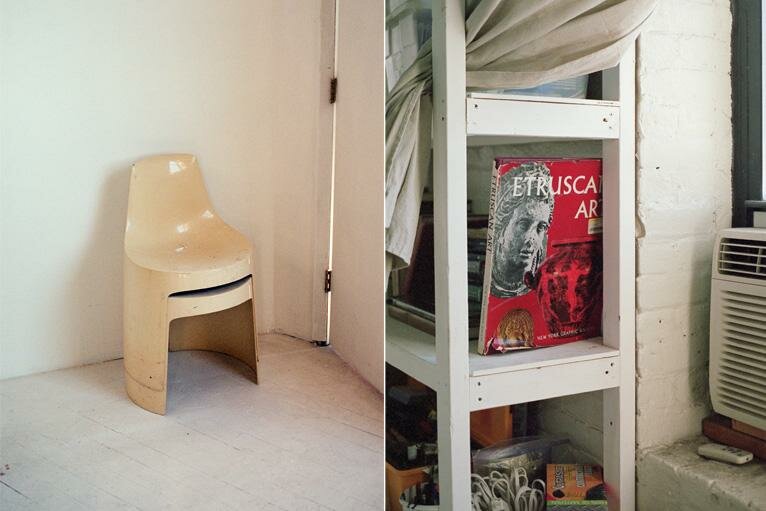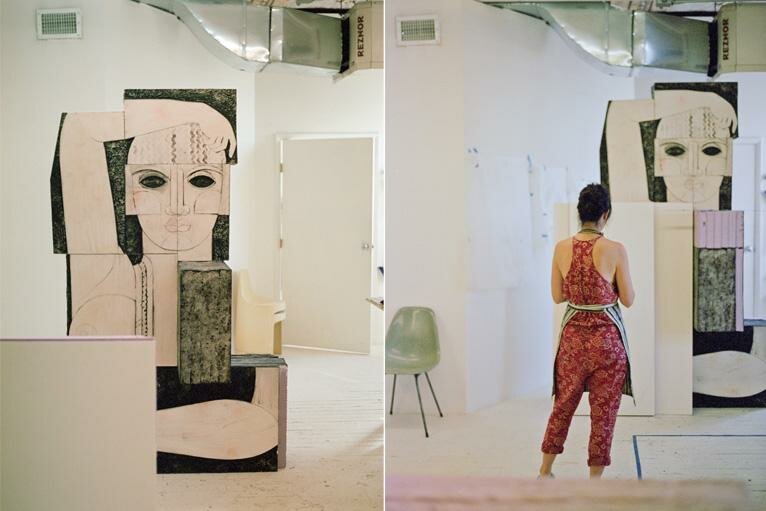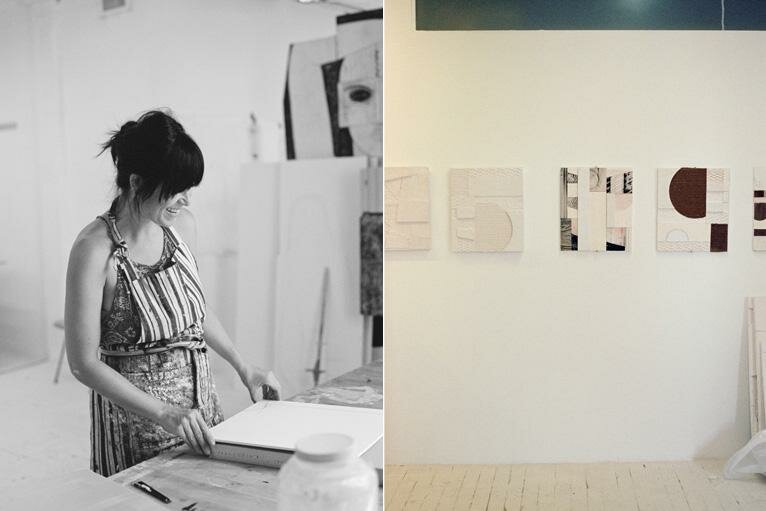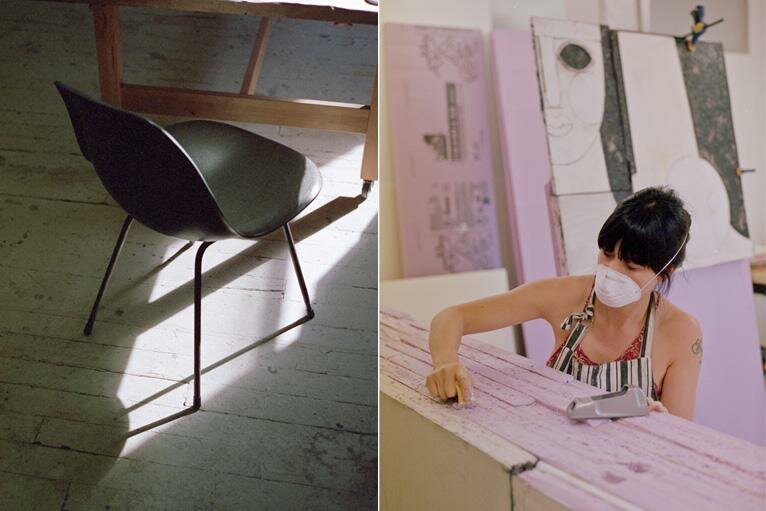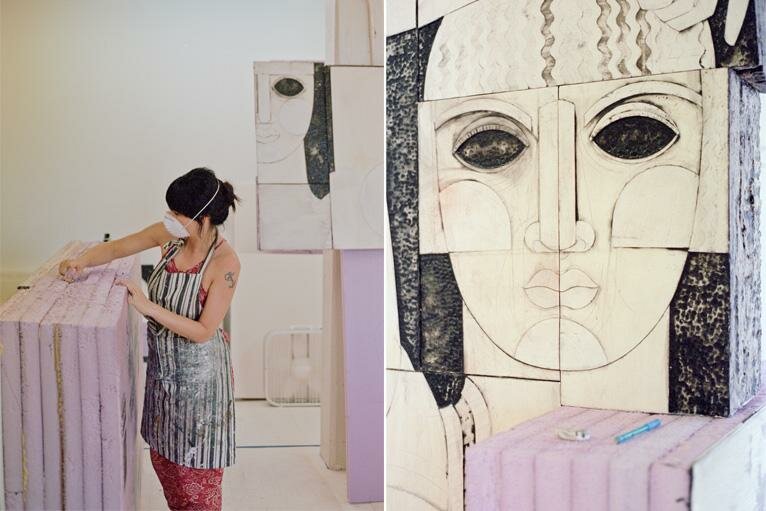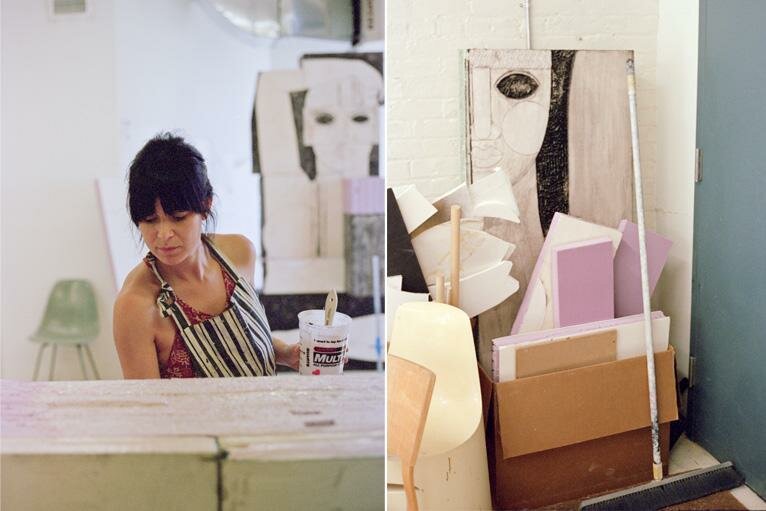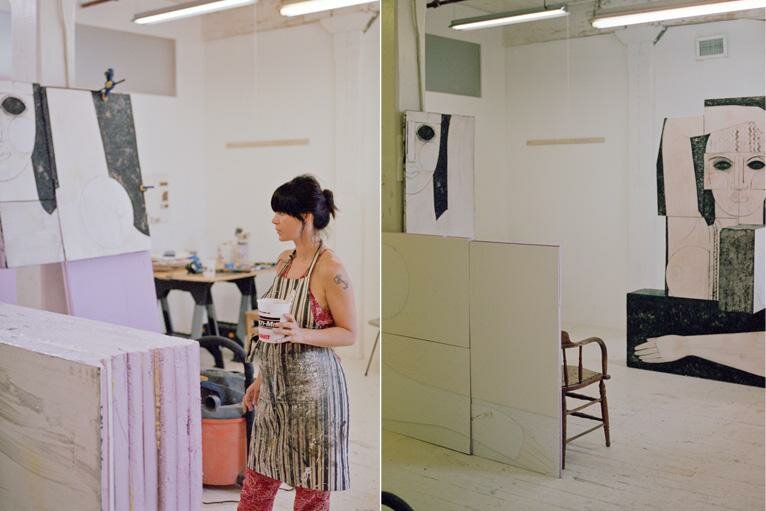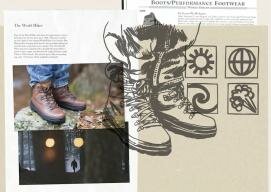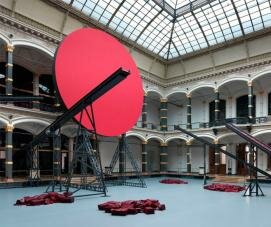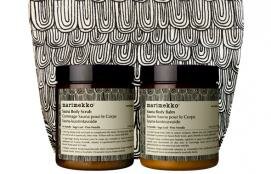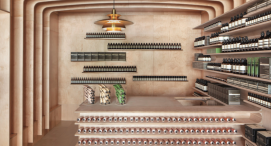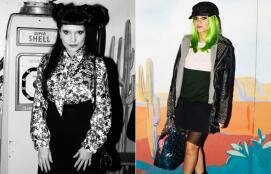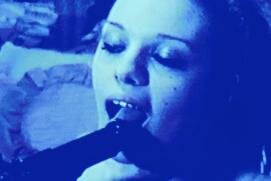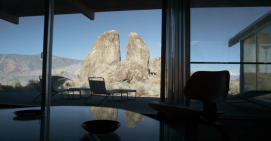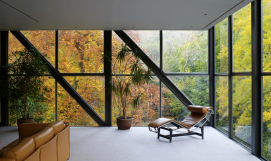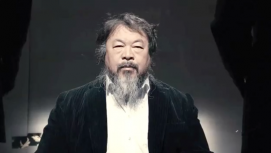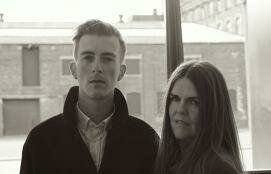- 1
- 2
- 3
- next ›
- last »
Ruby Sky Stiler is a pop of color as she comes out to meet me in front of her Gowanus studio, which is nestled amongst auto repair shops and a Home Depot. We walk up to her studio, which is painted white and roughly organized into stacks and piles of books and materials. In the middle of the space are two sculptures that Stiler is currently working on. The works function like prisms — each facet becoming an ancient nude, or a minimal sculpture, or an abstract material exploration, depending on your viewpoint. Stiler’s work will be on view this coming fall at Nicelle Beauchene Gallery, New York City.
OM: Let's talk a bit about these sculptures — they deal with similar tropes as your earlier work – the Classical female nude – while factoring in scale in a larger way. Can you talk about this transition?
RS: This transition in scale started as an intuitive challenge for myself – and as a way to push the forms. I think sculpture on this monumental scale has an authoritative power. I think of Richard Serra and Picasso’s concrete sculptures… or the Easter Island heads. An object on that massive, permanent scale can demand attention, as well as make us aware of the fragility of our own bodies. My sculptures are modest in comparison, but are still surprisingly large.
OM: The shapes of these sculptures also have a distinctly macho-minimalist feel, as you say. Which is great, because you are taking that stripped down form, and adding the hand and the figure back into it. Do you see these works as being in conversation with that thread of art history?
RS: I think this work is borrowing from and paying homage to many artists and areas of art history. They are influenced by classical forms and fertility figures, as well as the modernist interpretation of those periods. And, from some perspectives they have a spirit of a minimal monolithic configuration. The female form, with its robust organic curves seems to be in contrast to the chunky, geometric, architectural tone that those types of structures traditionally present. This might engage a dynamic, or conflict, between power and vulnerability.
There is also the aspect of repurposing and combining parts of disparate relics, from across a range of cultures and civilizations.
OM: That brings up the 'faux' element, which becomes a major theme in these sculptures, both in the material and subject matter you use. What I like is that you are a 21st century woman working with Plastic Age materials, but creating these ancient looking female nudes. How do you relate to these figures and their historical reading?
RS: Yeah, I was initially drawn to this set of materials (foam, resin, fiberglass) simply for their facility and availability to me. I guess I work in a sort of impulsive and unplanned way–and like to have the ability to change my mind a lot and I struggle with the forms–it’s never a simple path. These materials lend themselves to that mode. The higher materials that mine reference (stone, marble) wouldn’t allow me to make mistakes in the same way. The Home Depot near my studio really is a contemporary version of a quarry. This mimicking of more elevated (and outdated?) materials brings in the subject of taste, as the objects are quoting ones we’ve all seen before, through materiality as well as representation of the nude. So the questions of skill and craft, high and low, and their play with imitation bring up questions of kitsch.
Also, I think there is the question of whether the figures are individuals, or are generalized idealizations. I don’t think of these as self-portraits, but I think there is the possibility that the figures depicted have something to do with personal ideals for my own body… a desire to be bold and sensual, and unembarrassed of my naked self.
My hope is that they have their own complicated emotional impact; beyond all of these tropes and traditions, and that they ultimately go beyond those hierarchies and become their own thing.
OM: I think they do, while also bringing up a lot of high/low, light/heavy, new/old dichotomies for me; the fact that they are made of foam core but have a marble like finish, or that feel heavy and dominating, but they could be lifted up. Can you talk a bit about your process, and how you build up these monuments, while still maintaining the ability to construct them yourself?
RS: My process is much more about seeing something working, rather than constructing something. Obviously, I have to start somewhere, but planning doesn’t work well for me. The sculpture has to go beyond my own initial expectations for it to be exciting.
Olivia Murphy
Photographer - Clément Pascal
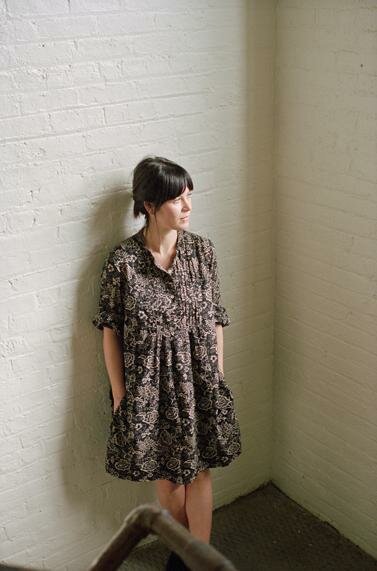
end









